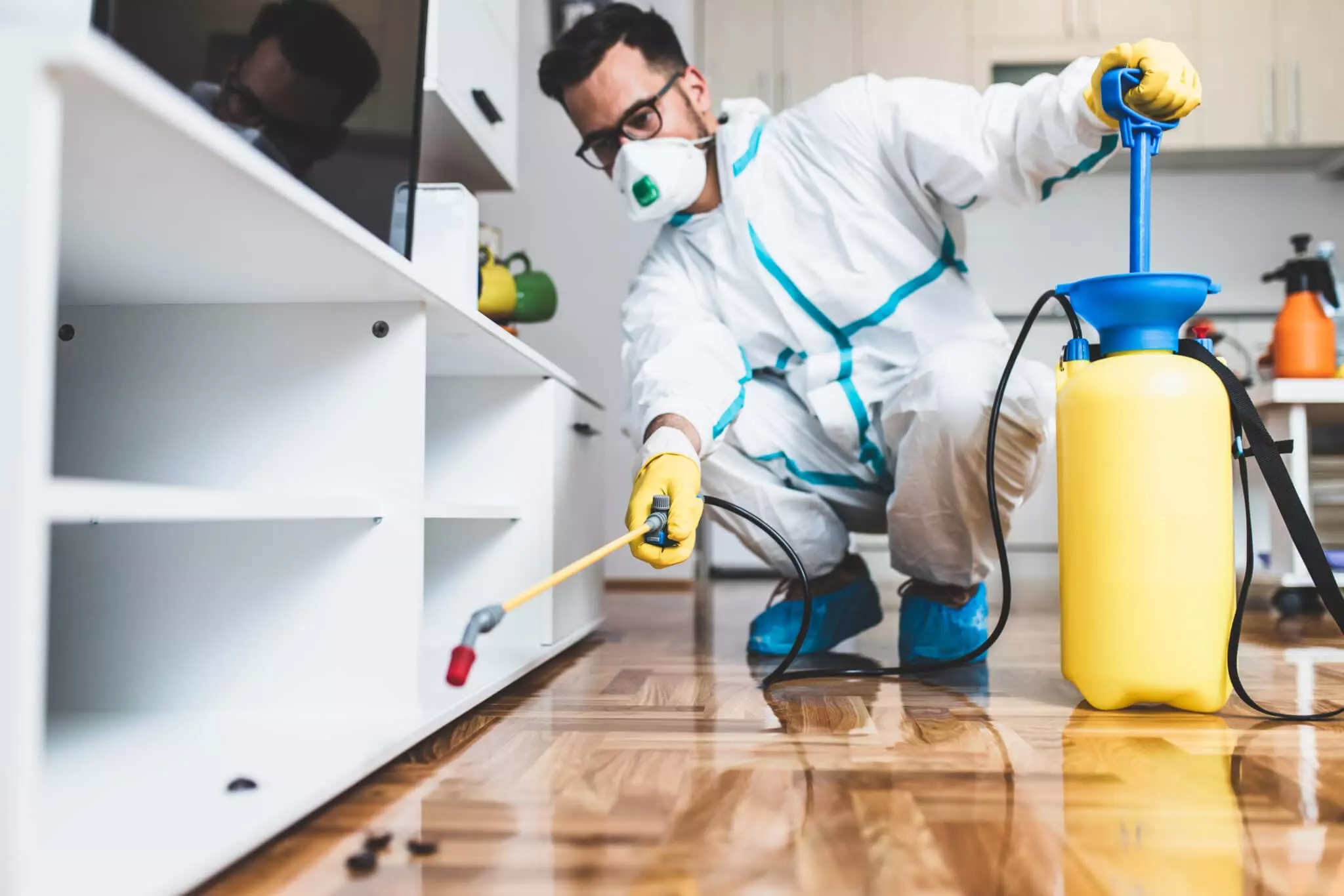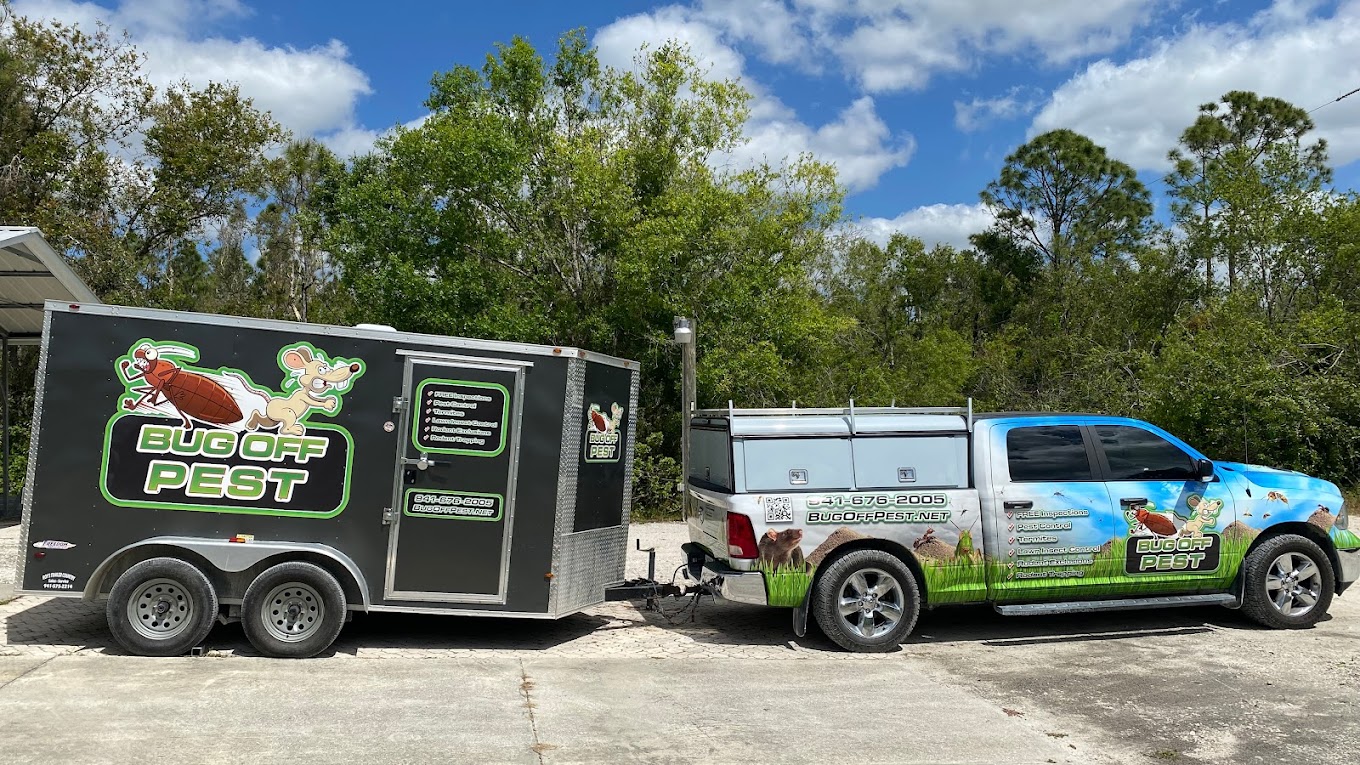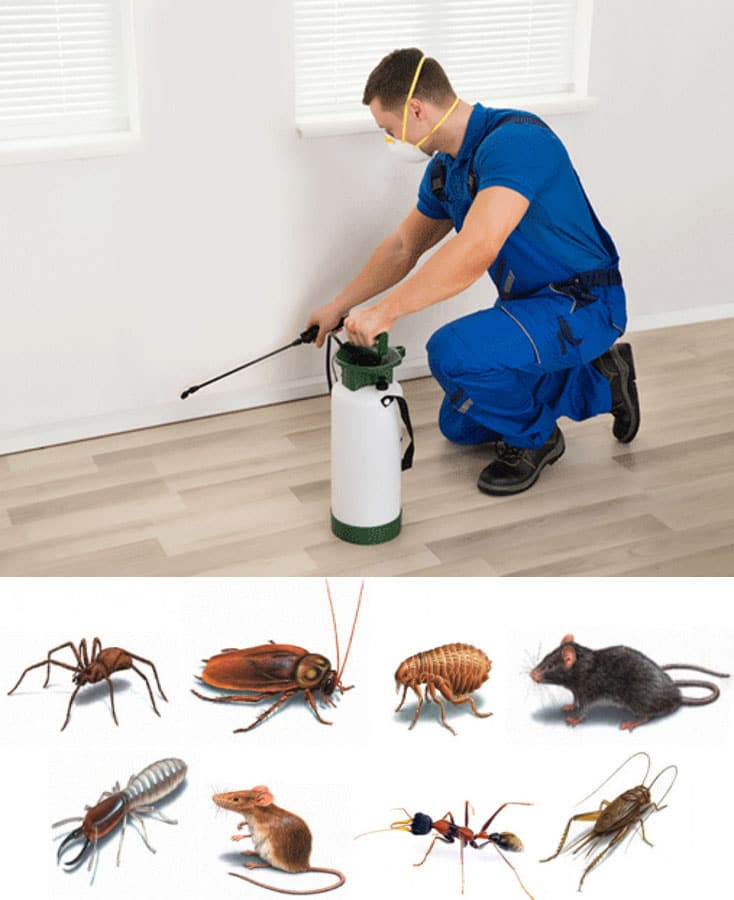Efficient Pest Control in Port Charlotte to prevent infestations every season.
Checking Out Innovative Strategies and Products for Effective Parasite Control
The landscape of pest control is progressing, noted by the introduction of cutting-edge methods and items developed to boost efficiency and sustainability. From wise traps equipped with advanced tracking systems to biological approaches that utilize natural predators, these innovations offer a standard change in exactly how we come close to pest management.
Smart Traps and Keeping An Eye On Systems
How can modern innovation enhance bug monitoring? One significant improvement is the growth of clever catches and keeping an eye on systems, which provide real-time data and analytics for reliable pest control. These systems utilize sensing units and wireless modern technology to discover pest activity, notifying building managers and pest control professionals to problems prior to they escalate.
Smart catches are equipped with features such as bait terminals that attract bugs and record them effectively. These traps can be checked remotely, permitting prompt interventions and lessening the requirement for substantial chemical applications. In addition, the assimilation of artificial intelligence algorithms allows these systems to separate in between target pests and non-target varieties, improving the precision of pest control measures.
In addition, the data accumulated from smart catches can be evaluated to identify patterns in insect behavior and environmental factors contributing to problems (Pest Control in Port Charlotte). This information is invaluable for establishing targeted parasite management methods customized to certain atmospheres. By accepting wise catches and checking systems, pest control experts can enhance their functional effectiveness and reduce the environmental effect of parasite administration, ultimately resulting in more secure and extra sustainable techniques in the market
Biological Bug Control Techniques
Utilizing natural killers and parasites, organic parasite control techniques offer an environmentally pleasant alternative to chemical therapies. This approach involves the intro or enhancement of specific microorganisms that can naturally manage pest populaces, consequently reducing reliance on synthetic pesticides. Common instances include using ladybugs to control aphid invasions and parasitic wasps to target caterpillars.

Organic control can be classified right into three main approaches: classical, augmentative, and preservation. Timeless organic control involves importing all-natural opponents from the bug's indigenous environment, while augmentative control includes raising the populace of existing natural adversaries via releases. Preservation techniques concentrate on producing problems that support these helpful microorganisms in the environment.
The performance of biological insect control depends upon understanding the complex interactions within environments. It often calls for a comprehensive evaluation of pest dynamics and the life cycles of both the bugs and their all-natural enemies. While organic approaches might not offer instant results like chemical options, they add to long-lasting pest monitoring and environment wellness. As recognition of environmental issues grows, biological insect control methods are progressively recognized for their lasting role in integrated insect administration programs.
Eco-Friendly Chemical Alternatives
Eco-friendly chemical choices offer a practical remedy for bug monitoring that minimizes ecological impact while successfully managing bug populations. These choices are stemmed from natural sources and are very carefully formulated to target specific parasites without hurting advantageous microorganisms, making them an important component of sustainable parasite control approaches.
Amongst one of the most efficient environmentally friendly options are plant-based insecticides, such Recommended Site as neem oil and pyrethrin, which are stemmed from the seeds and flowers of various read review plants. These materials interrupt the life process of insects, minimizing their populaces without the hazardous effects linked with standard pesticides - Pest Control in Port Charlotte. Furthermore, essential oils like peppermint and clove oil display repellent properties, further enhancing their energy in bug monitoring

Additionally, environment-friendly chemical choices usually break down much more rapidly in the environment, minimizing the danger of soil and water contamination. This characteristic aligns with the raising customer need for lasting practices in agriculture and urban pest control. As research study continues to breakthrough, the advancement of innovative environment-friendly formulas will certainly even more improve effectiveness and widen application areas, allowing pest administration professionals to adopt greener, extra liable techniques in their practices while safeguarding human health and wellness and the environment.
Pheromone Interruption Techniques
One more innovative method in lasting parasite management is the usage of pheromone disruption methods. These techniques exploit the natural chemical signals, or pheromones, that pests make use of for interaction, particularly in breeding behaviors. By interfering with these signals, insect populations can be effectively handled without considering harmful chemicals.
Pheromone traps are typically utilized in this method. These catches make use of synthetic versions of insect pheromones to entice male insects, thereby lowering their capability to find ladies and duplicate. In time, this can cause a substantial decrease in bug populations. Additionally, the release of repellent scents can produce complication amongst insects, better hindering their breeding processes - Pest Control in Port Charlotte.

Integrated Bug Management Approaches
Efficient insect control frequently calls for a comprehensive strategy, and Integrated Bug Monitoring (IPM) approaches offer a framework for accomplishing this objective. IPM integrates numerous administration methods to reduce insect populaces while decreasing reliance on chemical pesticides. This multifaceted strategy begins with thorough monitoring and identification of parasites, permitting targeted interventions based upon particular pest pressures.
Cultural methods, such as crop rotation and cleanliness, play a vital function in stopping parasite facility. Organic controls, including all-natural killers and parasitoids, are used to keep parasite populations at convenient degrees. When essential, careful chemical therapies are applied, highlighting lower toxicity to non-target species and the atmosphere.
Furthermore, education and outreach are indispensable components of IPM, promoting recognition among stakeholders concerning lasting practices and pest life process. The versatility of IPM permits professionals to respond efficiently to changing pest characteristics and environmental conditions. By employing this holistic technique, IPM not just enhances pest control efficiency yet additionally adds to lasting ecological equilibrium. Ultimately, Integrated Bug Administration represents a forward-thinking option that aligns agricultural efficiency with ecological stewardship, making it essential in contemporary pest control techniques.

Conclusion
In final thought, the assimilation of cutting-edge strategies and items for efficient insect control stands for a significant advancement in sustainable insect administration. Smart traps and keeping track of systems, organic insect control methods, green chemical choices, and scent interruption strategies jointly boost the performance of parasite management strategies.